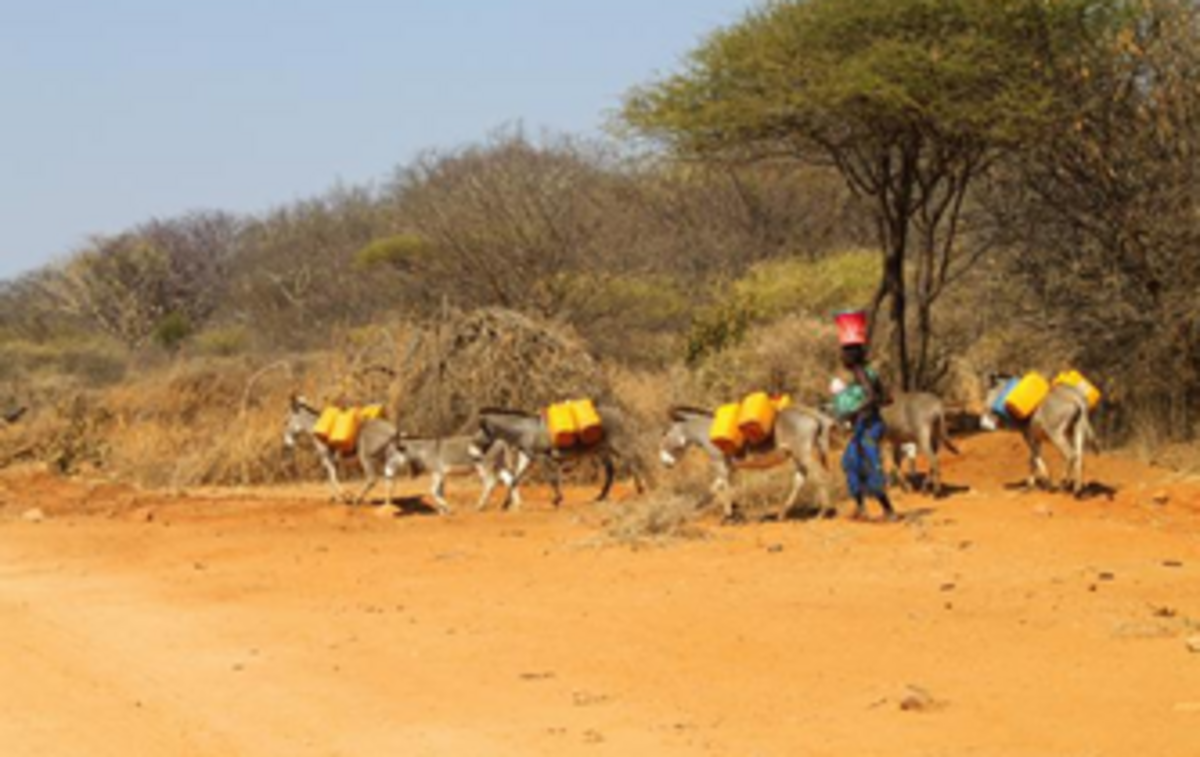The authors investigated the causes of global warming using a new statistical method for quantifying causality to analyse the relation between time series data on greenhouse gas emissions and those on air temperatures in the last 150 years. The results confirm that recent global warming is mainly caused by increased anthropogenic (man-made) emissions and that further CO2 emissions to the atmosphere will lead to even stronger global warming.
This conclusion cannot be achieved through traditional, time-delayed correlations between temperature and GHG emissions changes or through ordinary least square regression analysis, as neither shows the causal relations. Being based on measured data, the results provide complementary support to model-based studies.
The authors applied the same technique to analyse historical air temperatures and CO2/CH4 data from the past 800 000 years, available thanks to the 3 000-metre deep ice core drilled in Antarctica more than a decade ago, which offers scientists a clue on a time scale of 800 millennia. They found a causal relationship between temperature increase and rising CO2/CH4 levels, which is the exact opposite of the results for the last 150 years. This also confirms the validity of the technique, as it is well known from the ice core data that in historical times, increase of temperatures had been followed by higher CO2/CH4 emissions. The causality relationship appears to have started reversing around 5 000 years ago. The analysis confirms this opposite trend for the last 150 years, when unprecedented amounts of CO2 started being pumped into the atmosphere in the industrial age.
Looking into the effect of anthropogenic emissions on different regions, the authors found strong causality between greenhouse gas emissions and rising temperatures in Europe, North America and China, where densely populated and industrialised areas have shown signs of strong warming. However, a high degree of causality was seen also in Siberia, the Sahel zone in Africa and Alaska, where human presence and associated activities are far less intense. The reasons for this pattern are not yet understood and should therefore become the focus of research to better understand regional climate dynamics.
This observational data-based study, therefore, not only provides complementary support for the results of modelling activities on global climate, but also indicates that further research should be carried out in regions of increased sensitivity to global warming caused by anthropogenic activities. The study was carried out in cooperation with a colleague from China’s School of Marine Sciences, Nanjing Institute of Meteorology, who developed the statistical method.
